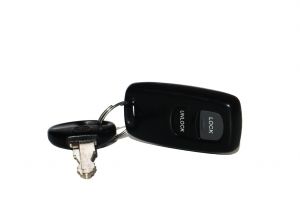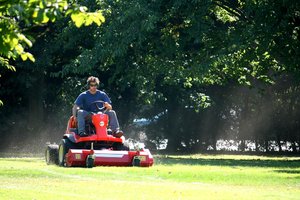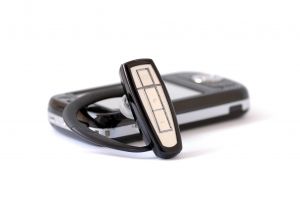We’re continuing the focus on back-to-school safety as kids head back to school and colleges return to class.
Whether they’re driving themselves or they’re taking the school bus, the month schools returns to session brings with it significant risks. And this is why officials with the National Safety Council (NSC) have partnered with First Student, the largest provider of student transportation services in North America, to share important safety information.
Millions of students will head back to school this fall, which is why now is a good time for parents and children to talk about school (and travel) safety.

Our Fort Myers accident lawyers understand that there have been more than 1,400 school transportation-related accidents since 1998. In these accidents, more than 1,560 people were killed. That’s an average of 142 fatalities a year, according to the National Highway Traffic Safety Administration (NHTSA). But we’re not just worried about those taking the bus. We’re also worried about those old enough to drive themselves to school. During this time of the year, teens face some serious risks for drowsy driving accidents. With their early wake-up times, they’re facing higher risks for an accident, too. According to the National Sleep Foundation (NSF) 11 to 17-year-olds need at least eight and a half hours of sleep nightly. Unfortunately nearly two-thirds of high school students get less than seven hours.
But there are things that we can do as parents and caregivers to help to make sure our children’s commute to school is as safe as possible.
Continue reading ›
 Florida Injury Lawyer Blog
Florida Injury Lawyer Blog


























